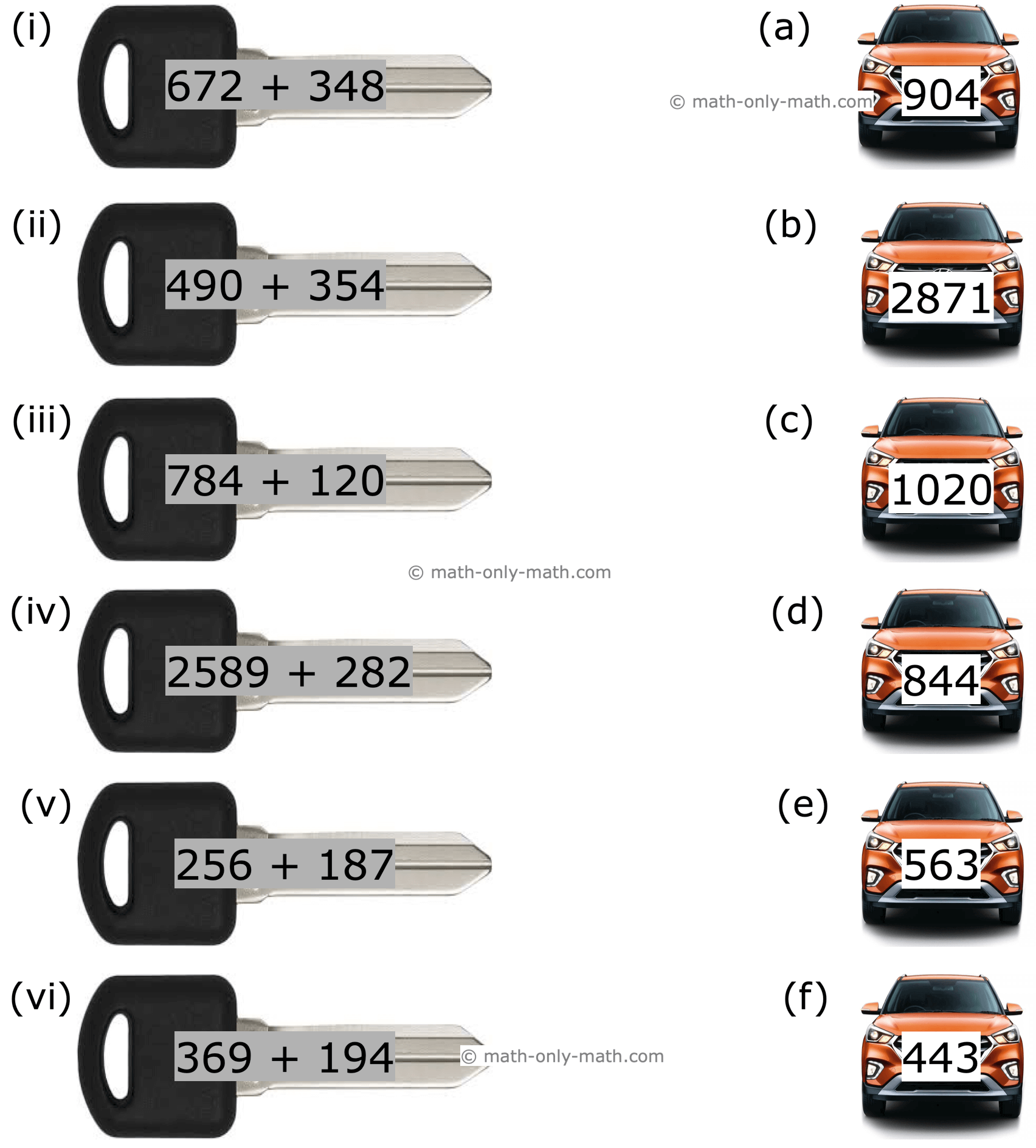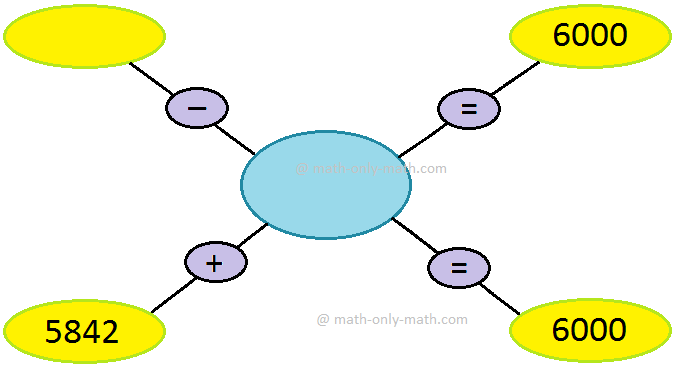Area of the Triangle formed by Joining the Middle Points of the Sides of a Triangle is Equal to One-fourth Area of the given Triangle.
Here we will prove that the area of the triangle formed by joining the middle points of the sides of a triangle is equal to one-fourth area of the given triangle.
Solution:
Given: X, Y and Z are the middle points of sides QR, RP and PQ respectively of the triangle PQR.
To prove: ar(∆XYZ) = \(\frac{1}{4}\) × ar(∆PQR)
Proof:
|
Statement |
Reason |
|
1. ZY = ∥QX. |
1. Z, Y are the midpoints of PQ and PR respectively. So, using the Midpoint Theorem we get it |
|
2. QXYZ is a parallelogram. |
2. Statement 1 implies it. |
|
3. ar(∆XYZ) = ar(∆QZX). |
3. XZ is a diagonal of the parallelogram QXYZ. |
|
4. ar(∆XYZ) = ar(∆RXY), and ar(∆XYZ) = ar(∆PZY). |
4. Similarly as statement 3. |
|
5. 3 × ar(∆XYZ) = ar(∆QZX) + ar(∆RXY) = ar(∆PZY). |
5. Adding from statements 3 and 4. |
|
6. 4 × ar(∆XYZ) = ar(∆XYZ) + ar(∆QZX) + ar(∆RXY) = ar(∆PZY). |
6. Adding ar(∆XYZ) on both side of equality in statements. |
|
7. 4 × ar(∆XYZ) = ar(∆PQR), i.e., ar(∆XYZ) = \(\frac{1}{4}\) × ar(∆PQR). (Proved) |
7. By addition axiom for area. |
Didn't find what you were looking for? Or want to know more information about Math Only Math. Use this Google Search to find what you need.
Recent Articles
-
Multiplication Table | Learn Tables from 0 – 25 | Multiplication Table
Jan 14, 25 11:53 PM
In math multiplication table we will learn the tables from 0 – 25. These multiplication tables help the students to learn the essential multiplication facts. Multiplication tables are very important f… -
3rd Grade Math Worksheets |3rd Grade Math Sheets|3rd Grade Math Lesson
Jan 14, 25 11:02 PM
3rd grade math worksheets is carefully planned and thoughtfully presented on mathematics for the students. Teachers and parents can also follow the worksheets to guide the students. -
3rd Grade Subtraction Worksheet | 3-Digit Subtraction Worksheets | Ans
Jan 14, 25 01:57 PM
In 3th Grade Addition Worksheet we will solve how to subtract 3-digit numbers by expansion, subtraction of 3-digit numbers without regrouping, subtraction of 3-digit numbers with regrouping, propertie… -
Facts about Subtraction | Subtraction of Small Numbers|Solved Examples
Jan 14, 25 12:29 AM
The operation to finding the difference between two numbers is called subtraction. Let us know some facts about subtraction which will help us to learn subtraction of large numbers. 1. Subtraction wit… -
Word Problems on Subtraction |Worksheet on Subtraction Word Problems |
Jan 14, 25 12:21 AM
In word problems on subtraction we need to read the question carefully and understand what we need to find out. We know, in subtraction the larger number from which we subtract the other number (the s…





New! Comments
Have your say about what you just read! Leave me a comment in the box below. Ask a Question or Answer a Question.